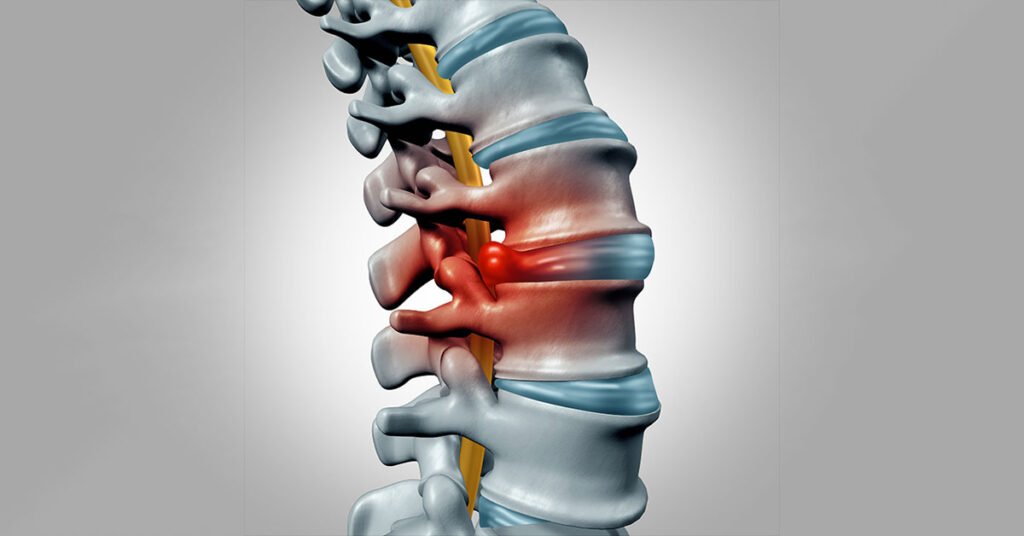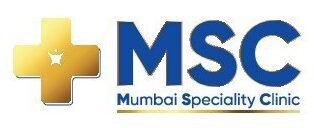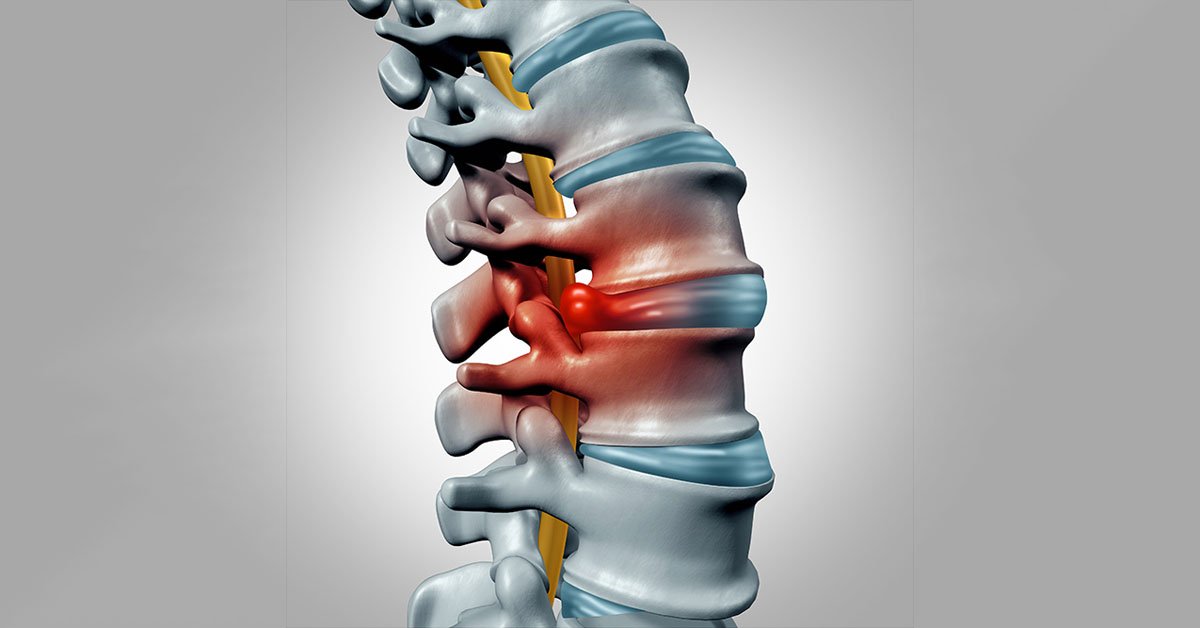
Spinal stenosis is a condition characterized by the narrowing of the spinal canal, leading to compression of the spinal cord and nerves. This narrowing can result from degenerative changes, such as herniated discs or thickened ligaments, causing pain, numbness, and weakness in the affected areas. Commonly occurring in the neck (cervical) or lower back (lumbar) regions, spinal stenosis can be age-related or linked to conditions like osteoarthritis. Symptoms may worsen with activity and improve with rest. Treatment options include physical therapy, medications, and in severe cases, surgical interventions to alleviate pressure on the spinal cord and nerves.
Symptoms
Spinal stenosis symptoms include pain, numbness, or weakness in the neck or lower back. These sensations may extend into the arms or legs. Symptoms often worsen with activity and improve with rest. Reduced coordination and balance issues may also arise. Diagnosis involves imaging studies to assess spinal canal narrowing and nerve compression.
Causes
Spinal stenosis is primarily caused by the narrowing of the spinal canal, leading to compression of the spinal cord and nerves. This narrowing can result from degenerative changes, such as herniated discs, thickened ligaments, or bone spurs. Aging, osteoarthritis, and genetic factors may contribute to the development of spinal stenosis.
Rehabilitation
Spinal stenosis rehabilitation aims to alleviate symptoms and improve functionality. It often involves physical therapy, focusing on exercises that enhance flexibility, strengthen the core, and improve posture. Treatment may also include pain management strategies, medications, and lifestyle modifications to optimize overall spinal health and mitigate the impact of spinal stenosis.
Spinal Stenosis F&Q
Spinal stenosis is a condition characterized by the narrowing of the spinal canal, leading to compression of the spinal cord and nerves.
Common symptoms include pain, numbness, or weakness in the neck or lower back, often extending into the arms or legs.
Spinal stenosis is primarily caused by degenerative changes like herniated discs, thickened ligaments, or bone spurs, often associated with aging and osteoarthritis.
Diagnosis involves imaging studies, such as X-rays or MRI, to assess the narrowing of the spinal canal and identify areas of nerve compression.
The goal is to alleviate symptoms and improve functionality through physical therapy, exercises, pain management, medications, and lifestyle modifications.
Common treatments include physical therapy, pain management strategies, medications, and in some cases, surgical interventions to alleviate pressure on the spinal cord and nerves.











